When one looks back to a preceding generation of artists working in the field of contemporary photography, parallel ideas of a ‘madeup image‘ seem to occur.
What links the artists together is a common shift from ‘taking’ a photograph to ‘making’ an image — essentially reinventing the medium to a completely different societal context.
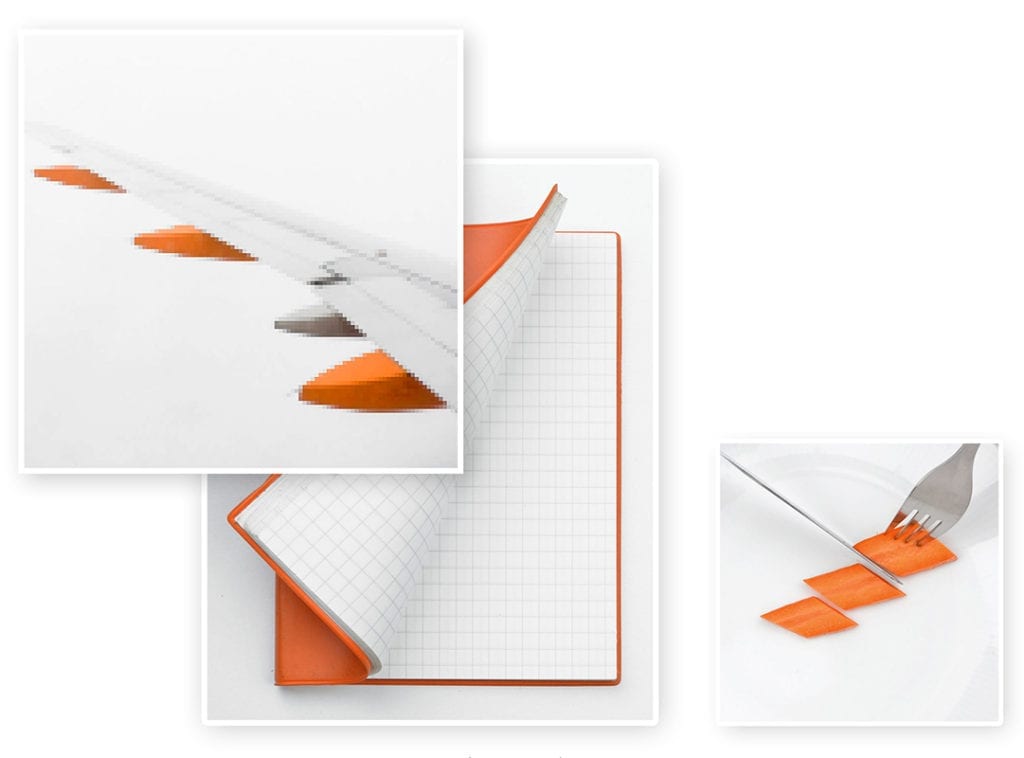
Though using approaches and techniques deeply rooted in photography and it’s technical development, when reflecting on these works one could ask: are we witnessing a remarkable renaissance of the medium itself? Is it a photograph we’re seeing at all?
This new ‘nature’ of the work is a result of a specific approach shared by the invited artists: their manipulation – or complete construction – of images is still related to the medium’s material history/ But they extend and alter its conventional boundaries in an unparalleled manner.
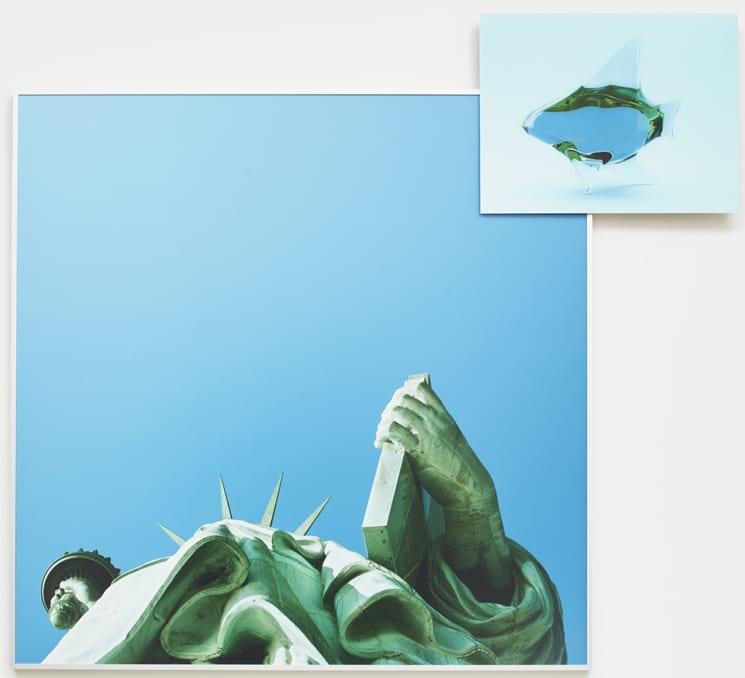
These acts of ‘imagemaking’ are intentionally taking place in the confined walls of the studio space. Aspects of process-based photography blend with the reinvention of classical techniques and digital approaches in a way that means some of the artists here could be grouped under more ‘sculptural thinking’, others as ‘painterly approaches’.
The often tension-ridden dichotomies of ‘fact and fiction’, ‘image and object’, ‘documentation and expression’ or ‘art and technique’ are seemingly not been so much of interest. Instead, photography has turned into an ‘instrument’ of the author.
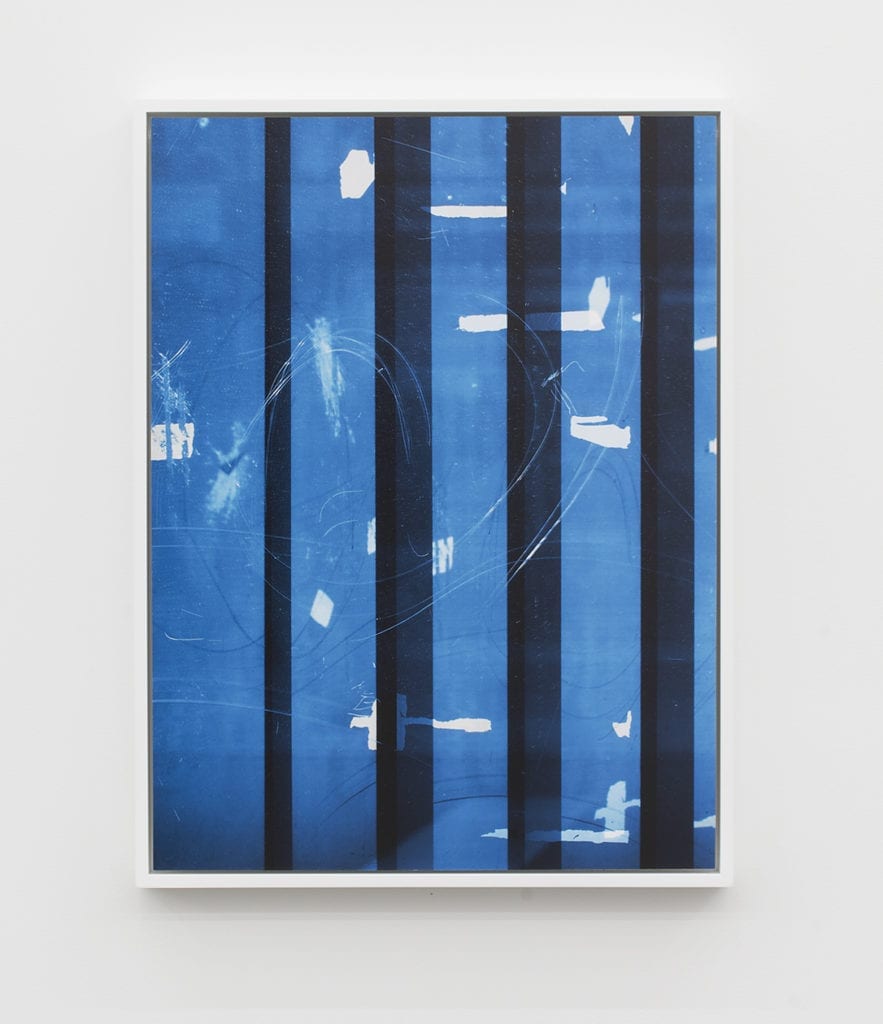
This act of decision-making, the selection process among the myriads of possibilities is not just a ‘depcition’ of what is possible, what kind of new techniques, material and forms of display were and are feasible in the respective time.
The ‘randomness’ is counteracted by a clear artistic and visual approach that has a profound knowledge of the intrinsic medium.
It‘s about marking a way for subjectivity against a background of overwhelming possibilities, now and then.
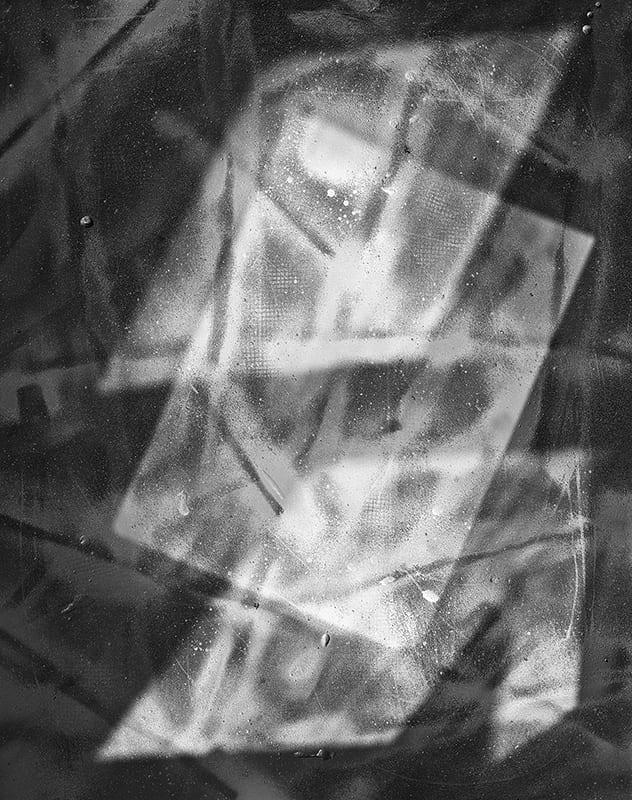
Viktoria Binschtok’s cluster-series is made up of groupings of photographic images built on visual and formal associations. As a response to recursive image production, Binschtok has turned the internet search engine in on her own artwork.
Using computer based search algorithms, Binschtok input her own photographic images to see what associated images would return.
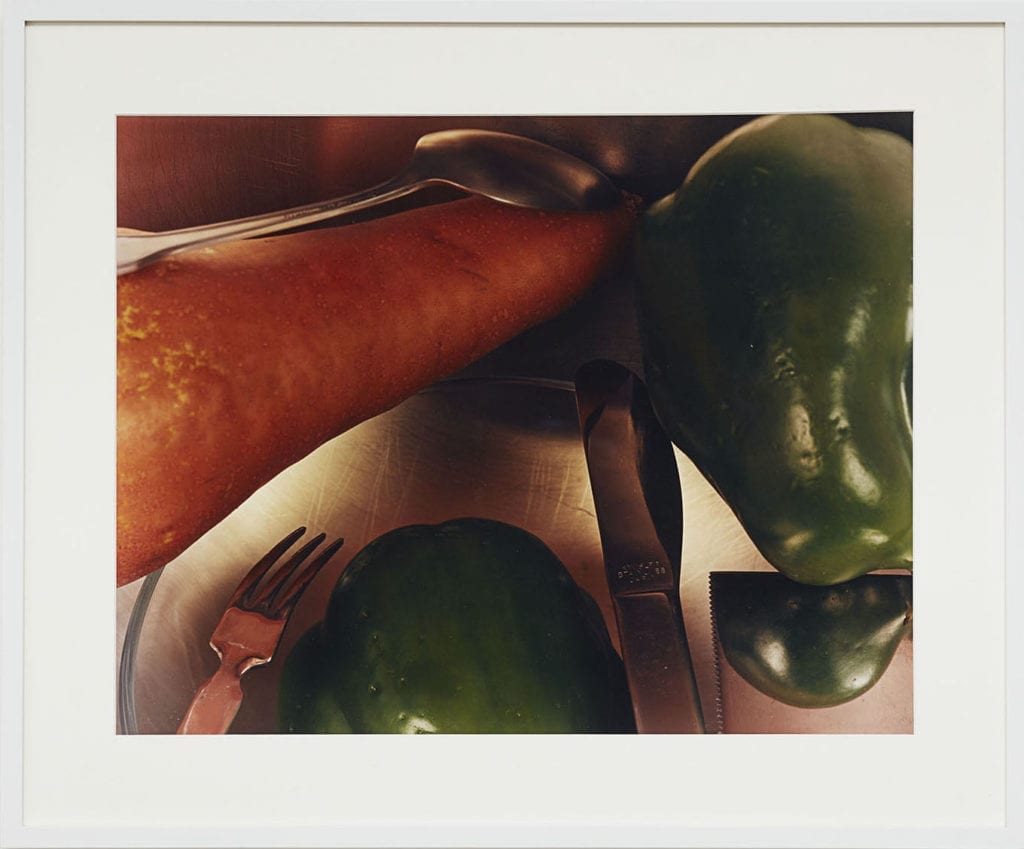
From those results, she selected, restaged and manipulated the images, creating her own version once again in an effort to both complete and open up the cycle – beyond definitions of image source, result and authorship.
Jan Groover began as a painter, and her preoccupations are the same as those of the painters she studied and admired: Morandi, Cézanne and Fra Angelico along with many other European masters of the 14th and 15th centuries.
From the outset, her approach to photography was ‘abstract’ – exploring the spatial ambiguities possible with a view camera and revealing a secret life of objects arranged according to a seemingly occult understanding of harmony and correspondence.
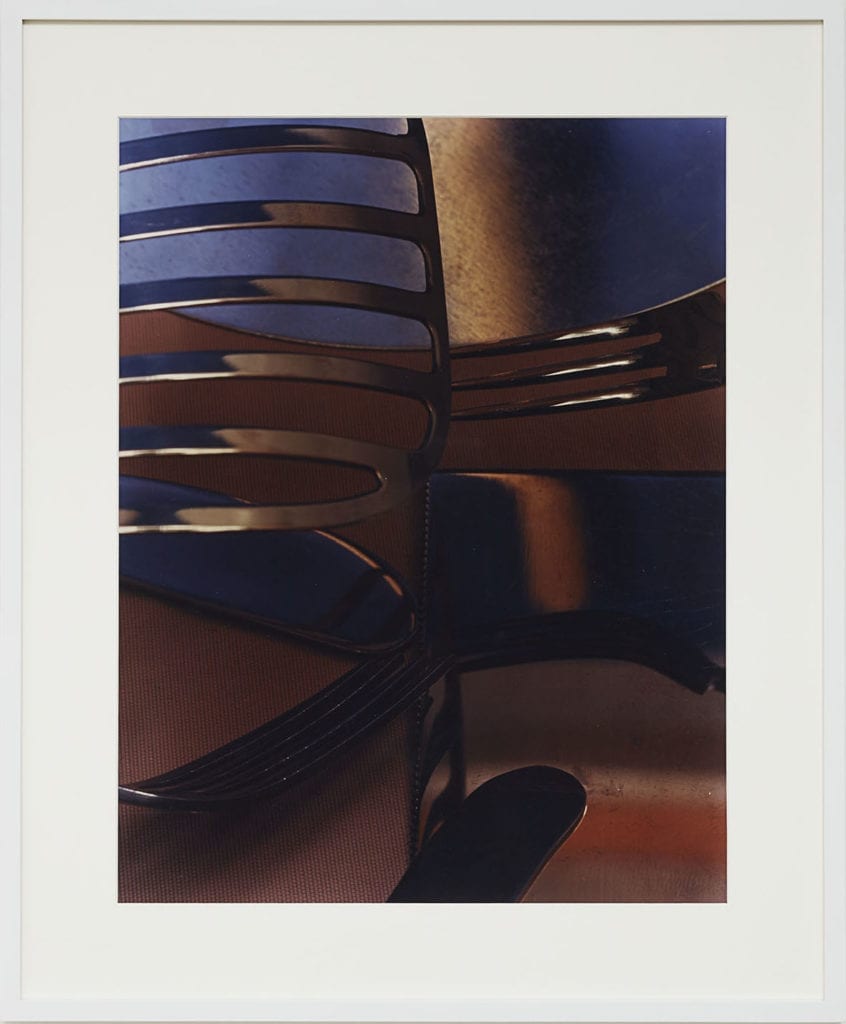
Groover’s still life tableaus of the late 1970s focused on the everyday implements of the kitchen: forks, spatulas, butter knife blades, whorled and scalloped cake pans, shot in such a way as to confound perspective and to transform light into a kind of object itself in the reflective surfaces.
The pictures resonated not only as subtle documents of feminism but also as unusually beautiful investigations of the fictions that are inseparable from facts in the conventions of photography.
John Lehr’s work stems from the artist’s precise camera observations of surfaces and exists in the sustained interaction between the physical and the digital. His images begin as physical observations, executed digitally and then printed by the artist at a scale equal in size to the original subject.
Their complexity arises from the uncertainty of whether the gestures depicted in the image were created by the artist or an event that occurred before the artist’s intervention.
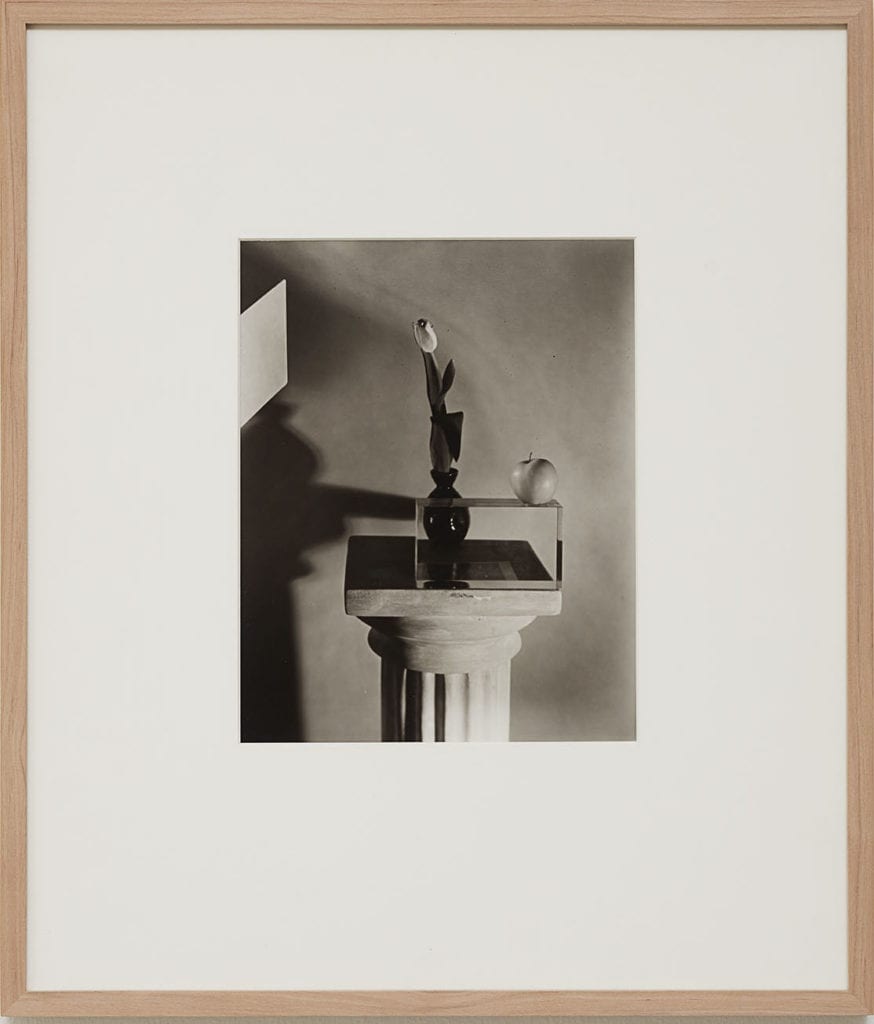
The indexical traces embedded in the works operate at the intersection of the tactile surface and the virtual screen.
Lehr permanently records the fleeting moments of human interactions on walls, windows and doors but his subtle digital and material interventions render these images newly autonomous objects, even as they refer back to an actual space and time.
In his current series, ‘Looking Through Picture’ Matt Lipps explores the genre of still life photography in relation to the mise-en-scène of theater as a space for figures, props, objects – and photography itself – to perform.
With a broad cast of characters culled from various high and low sources, the ‘actors’ range from the familiar to the formal (including modernist sculpture, figure models, and floral arrangements) set to a backdrop that engages the ‘death’ of Modernism as seen through the medium of photographic reproductions.
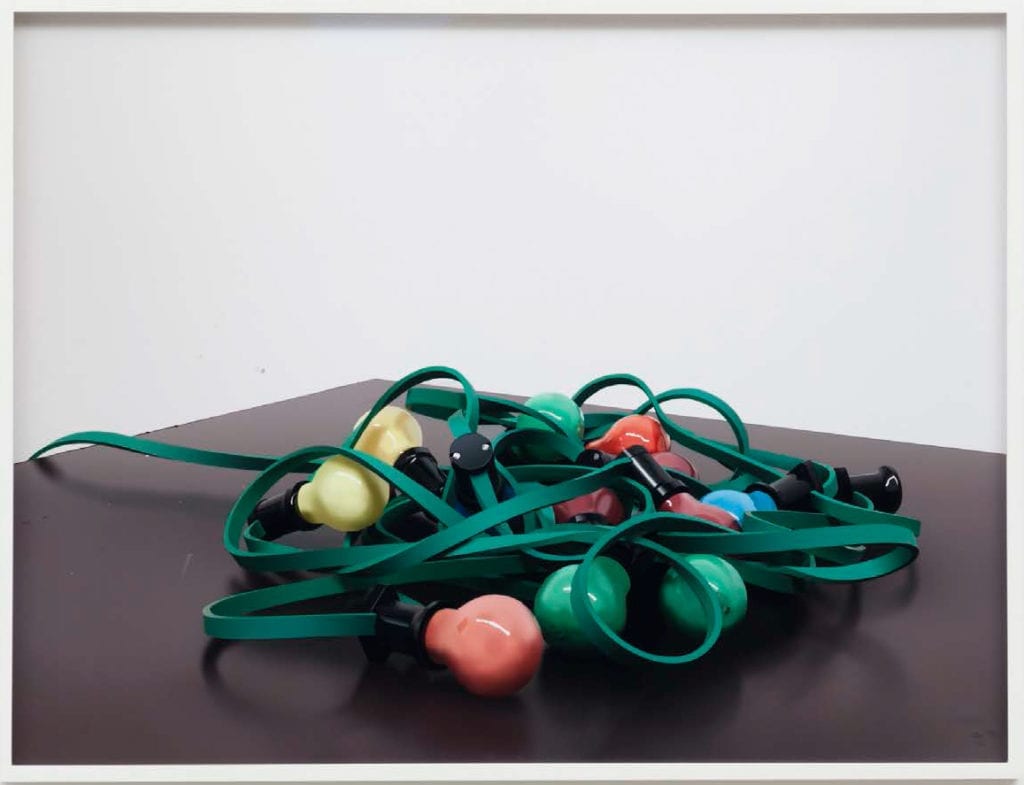
The painted backdrops provide a psychological architecture for the image: settings that no longer ‘contain’ or hold the object, but mark its release into another space.
These layered windows create an indeterminate realm for objects and figures to interact and perform in intuitively arranged tableaux.
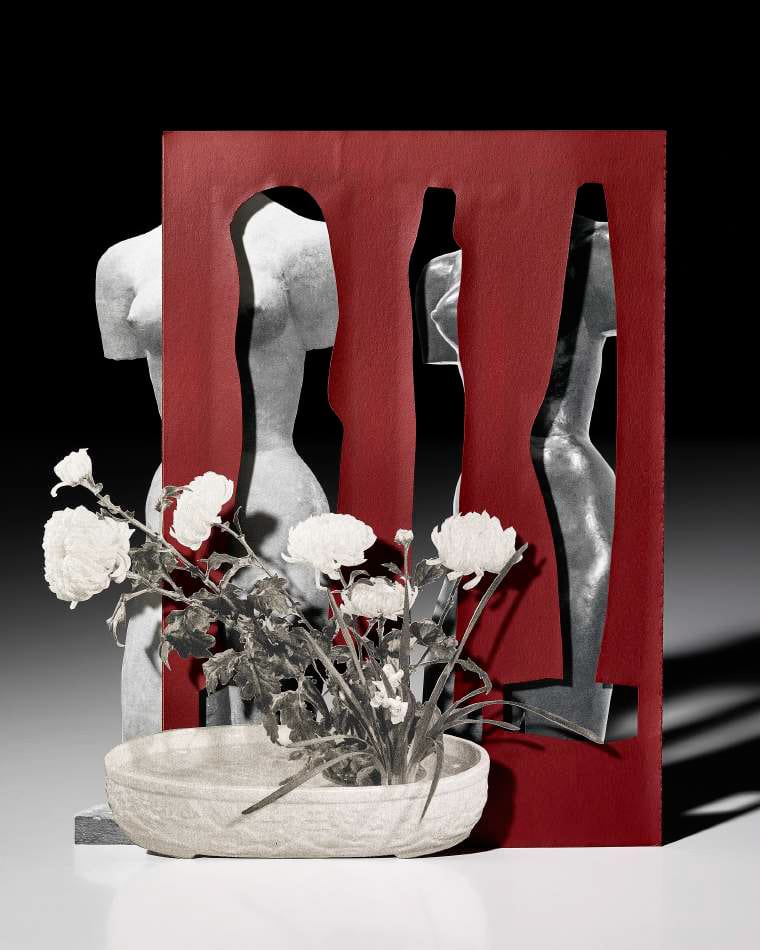
The Human Appaeatus 2.0 is on show at KLEMM’S as part of Paris Photo, 2016, from November 10 – 13

